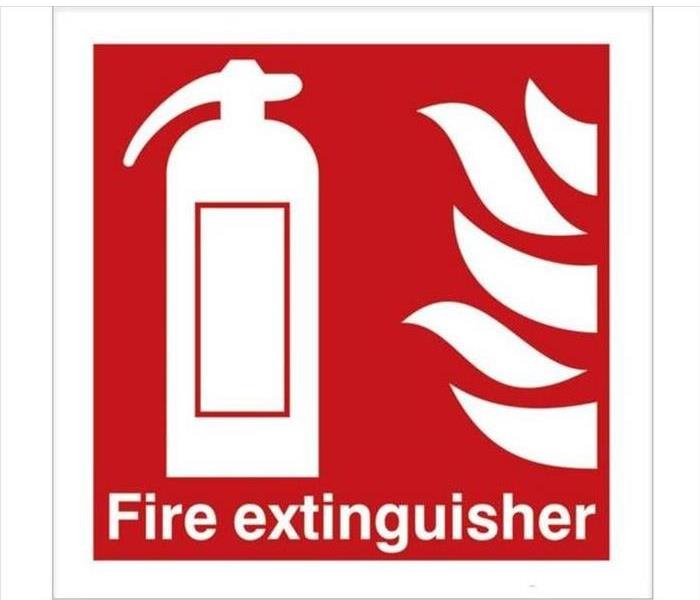Lightning Strikes can Lead to Residential Fires
4/4/2022 (Permalink)
It does happen and we want you to be prepared and be safe.
Know when a fire extinguisher is needed from the tips below:
Generally, if you’ve used one fire extinguisher, you’ll use them all, as they typically follow the same usage procedure known as PASS:
- Pull the pin to break the tamper seal
- Aim the nozzle at the bottom of the fire
- Squeeze the handle and release extinguisher chemicals
- Sweep the nozzle back and forth at the base of the fire until it’s extinguished
By now, fire extinguishers have become staples in most disaster-ready homes and businesses and provide billions worldwide with a quick, straightforward way to respond to sudden blazes.
Knowing the steps below, can save you a ton of hassle with instances like the average kitchen fire but to really mitigate as much fire damage as possible, there are a few other things you need to take into account.
1. Choosing Your Extinguisher
The first thing you should always be aware of is that not every fire extinguisher is good for every job. For example, when dealing with a grease fire, you’ll need a class B extinguisher to really get the job done safely. It’s a good idea to research different extinguisher uses before deciding where to allocate these appliances around your home.
2. Emergency Services
Just because you have an extinguisher on your side doesn’t mean you won’t need emergency services. Ideally, you should have someone calling 911 as you attempt to extinguish the flames. This ensures you’re able to get the assistance you need in the event that your attempts are unsuccessful.
3. Be Smart
Lastly, know when to leave the house. If the blaze becomes too large or your extinguisher runs out of juice, it’s time to get outdoors. You can pass over the firefighting responsibilities to emergency responders and work with a fire cleanup crew, such as SERVPRO of Limestone & Lawrence Counties afterward to get your home back to normal again!





 24/7 Emergency Service
24/7 Emergency Service
